Tag: resuscitation
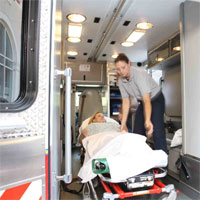
Temporal Utilization Trends in Prehospital Mechanical CPR Devices
Chest compressions have remained one of the most visible and effective components of prehospital resuscitation, dating back to the inception of modern emergency medical services (EMS). Although the idea and technique... read more
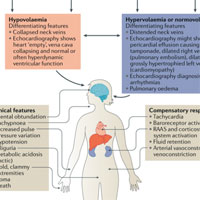
Intravenous Fluid Therapy in Critically Ill Adults
Despite the administration of intravenous fluids to critically ill patients being a near-universal intervention, the available evidence base guiding their safe and appropriate use is scarce and derived mainly from academically... read more
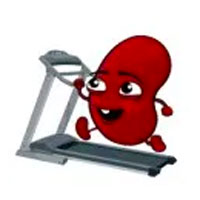
Could the Furosemide Stress Test Clarify Resuscitative Goals?
Imagine that you admit a patient with septic shock. You resuscitate the patient as best you can with inopressors, fluids, and antibiotics. An adequate blood pressure is achieved. A reasonable amount of fluid is administered.... read more
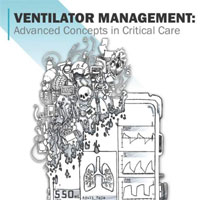
Ventilator Management: Advanced Concepts In Critical Care
Mechanical ventilation is a broad subject that encompasses many factors that must be considered while providing overall resuscitation. It is not as easy as just entering in a rate and tidal volume and pushing start. Critical... read more

If we don’t start looking after our doctors there will be no one to care for our patients
"Would you choose medicine again?" I look into the eager faces of the sixth-formers I've been asked to speak to. Not for the first time, I hesitate before I answer. I love my job – it's a great privilege to be a Registrar... read more
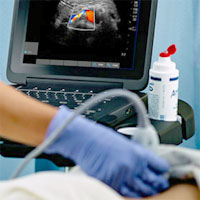
Prognostication with Point-of-Care Echocardiography During Cardiac Arrest (ALS)
This topic was prioritized by the ALS Task Force based on the high prevalence of point-of-care echocardiography during cardiac arrest without recognizing the potential pitfalls for misinterpretation as an adjunct prognostic... read more

Enteral Nutrition Can Be Given to Patients on Vasopressors
Most all recent studies show Enteral Nutrition (EN) can be delivered safely to patients on vasopressors. In fact, many studies show an outcome benefit of early EN (EEN) in ICU patients who are receiving vasopressors. It... read more

Intermittent Hemodialysis for Managing Metabolic Acidosis During Resuscitation of Septic Shock
Favorable changes in physiologic and biochemical variables and norepinephrine dependency were observed after IHD in patients with septic shock complicated by metabolic acidosis during resuscitation. Further studies are needed... read more

A 10-Year Longitudinal Analysis of Protocol-Based Sepsis Management
This 10-year single-center retrospective cohort showed that the use of PB management of severe sepsis and septic shock was associated with a decreased hospital mortality for patients. This mortality benefit was preserved... read more

Tailoring Hypothermia Duration to Ischemia Duration Improve Outcome From Out-of-Hospital Cardiac Arrest
Although a larger hypothermia/ischemia ratio was associated with good functional outcome after out-of-hospital cardiac arrest in this cohort, this association is primarily driven by duration of time to return of spontaneous... read more

The Oxygen Revolution: The Definitive Treatment of Traumatic Brain Injury (TBI) & Other Disorders
Hyperbaric oxygen therapy (HBOT) is based on a simple idea—that oxygen can be used therapeutically for a wide range of conditions where tissues have been damaged by oxygen deprivation. Inspiring and informative, The... read more
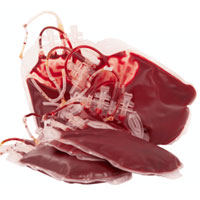
Vasopressin for Acute Hemorrhage?
Vasoactive medications are one of the pillars of management of shock in Emergency Departments. Inopressors, namely Norepinephrine and Epinephrine, are the two most commonly used pressors in US Emergency Departments, used... read more
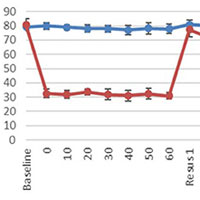
Modeling Cardiac Dysfunction Following Traumatic Hemorrhage Injury
Cardiac dysfunction (CD) importantly contributes to mortality in trauma patients, who survive their initial injuries following successful hemostatic resuscitation. This poor outcome has been correlated with elevated biomarkers... read more
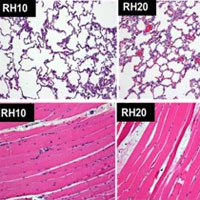
The Protective Effects of Regional Hypothermia on Injured Limbs Combined with Hemorrhagic-shock & Tourniquet
The aim of this study is to investigate the protective effects of regional hypothermia (RH) on rabbits' limbs injured by a steel-ball combined with hemorrhagic-shock, and then employed tourniquet over-time, tried to identify... read more




